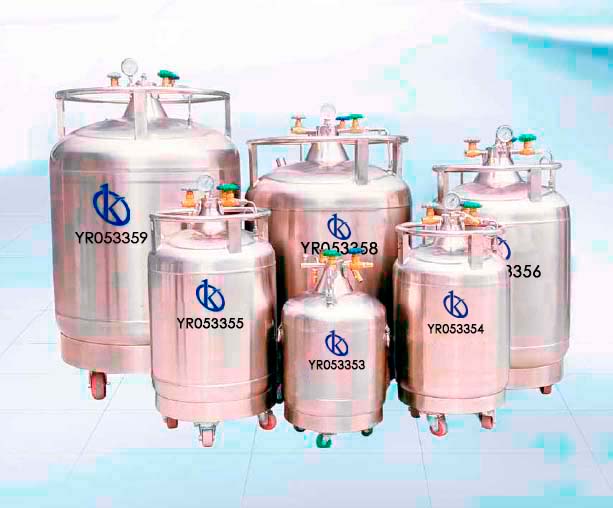Nitrogen has many applications in the food industry for food conservation. It is also widely used in the sector of beverages, such as beer, one of the most coveted in the world. Although other gases, such as carbon dioxide (CO2), have generally been used to maintain the organoleptic properties of beer, and are pleasing to people’s palates, nitrogen is now being used for the same purpose, since among other things:
- Increases the creaminess of the beer foam
- Increases foam stability
For people who serve beer it may seem that creaminess in the foam depends on the way you get the beer, but the reality is that it depends on the foaming technique, or the mixture of gases used to create the foam. For this, both pure nitrogen or a mixture of 70-75% nitrogen and the rest with carbon dioxide can be used.
Why is it important to limit beer exposure to air?
Generally, brewers use carbon dioxide to move air out of bottles, from the barrels where beer is stored or from the lines and tanks where beer is brewed. This procedure ensures that beer lasts longer. In addition, the airless filling preserves the taste of the beer longer and with greater intensity. As with other beverages, such as wine, oxygen in the air can oxidize aromatic and flavoring substances, modifying the feeling people appreciate when they drink it.
Why use nitrogen in the system that pumps beer?
One of the ways to serve draft beer in the past was with hand pumps. With this procedure, air was introduced (remember that the air is composed of 78% of nitrogen, 21% of oxygen and only 0.04% of carbon dioxide) into the barrel, which led to some drawbacks, namely a rapid oxidation and a very weakly carbonated beer. After a single day, oxidation can cause a significant loss of quality. What can be a practical solution to this problem? Perform the gas pumping procedure, such as:
- Pure nitrogen
- Nitrogen-Carbon dioxide
Both gases can act as pressurizing agents in the tap system as well as in addition to beer. The same principle applies to bottled beer. The beer resulting from the application of pure nitrogen often lacks the aggressive but also refreshing carbonation, and the sensation in the mouth is softer and more complete, the flavor notes are perceived round, but also somewhat attenuated.
Thus, the predominance of light beers is also reflected in tap systems. Most beers around the world operate classically on the basis of carbonic acid, as beers pale and accentuated by hops lose profile by the addition of nitrogen, while additional rounding can be positive for malt beers. This balance is good to take into account when considering the introduction of gas into beer.
Is nitrogen in beer just a fad?
The answer is clearly no. Although for some, the turn to nitrogen among brewers, including those in the craft sector, is nothing more than the next trick, in a scene where stagnation can mean death, it is believed that nitrogen in beer will long play a role and be part of the brewing culture. Many well-known beer bottlers use nitrogen to move air inside bottles before bottling them.
Kalstein Nitrogen Tanks, for Brewers
For brewers and craft brewers, the Kalstein equipment manufacturer provides several models of nitrogen tanks that can store and supply nitrogen to the production and packaging lines of the beers. These tanks, as you can see in the link HERE, are made of resistant materials, they are safe for both nitrogen transfer, storage and use. This is because they incorporate valves and pressure gages that regulate the gas outlet pressure. In addition, small, medium and high storage tanks are provided. On the link above, you can consult price, purchase, or additional technical information, or you can check the following link HERE

